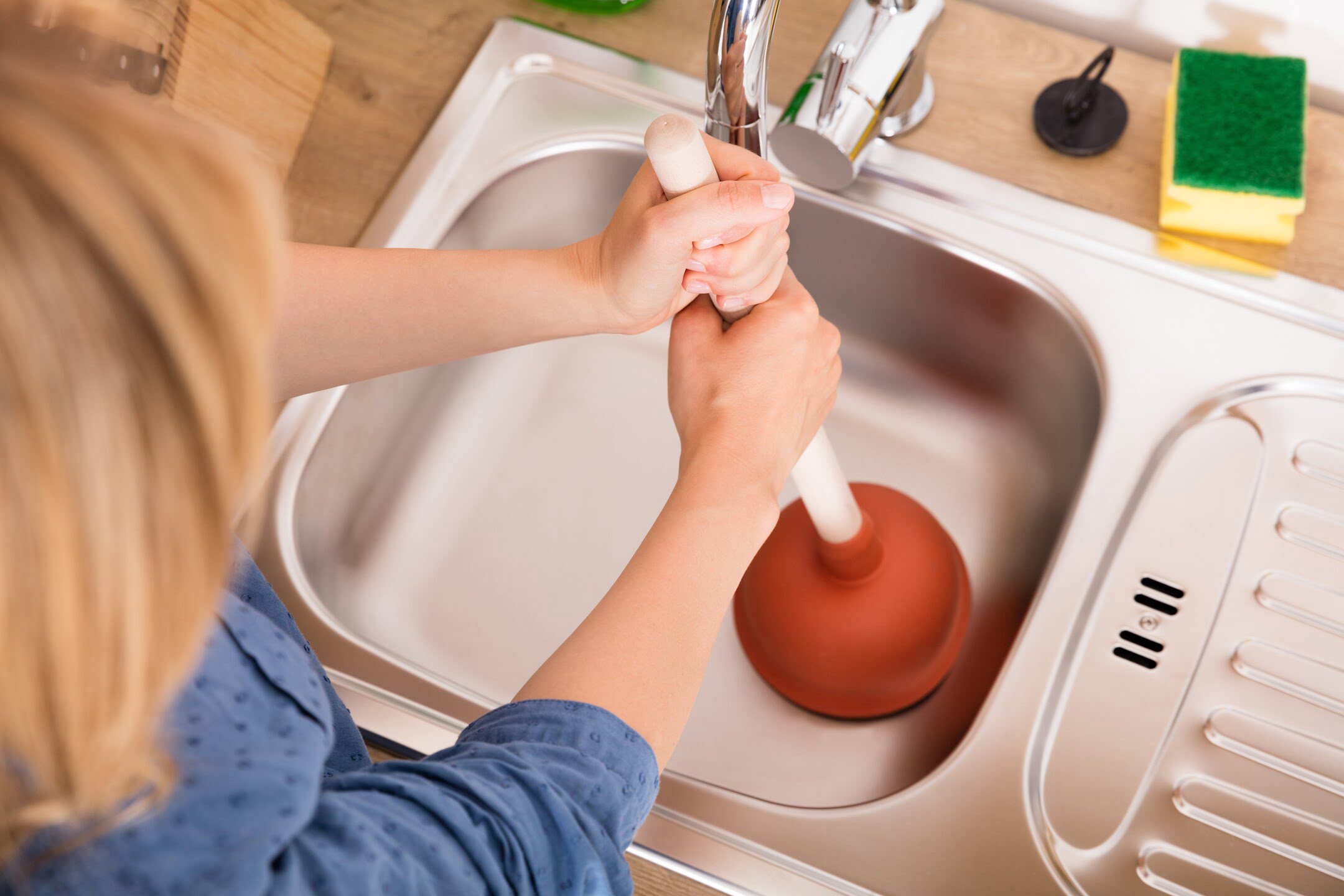

Articles
How To Unblock The Sink Drain
Modified: February 28, 2024
Learn effective methods to unblock your sink drain with these insightful articles. Discover expert tips and tricks to tackle this common household issue.
(Many of the links in this article redirect to a specific reviewed product. Your purchase of these products through affiliate links helps to generate commission for Storables.com, at no extra cost. Learn more)
Introduction
Dealing with a clogged sink drain can be a frustrating and inconvenient experience. Whether it’s a buildup of food particles, grease, or other debris, a blocked sink can disrupt your daily routine and prevent you from using your sink effectively. However, with the right tools and techniques, you can easily unblock a sink drain and restore it to proper working condition.
In this article, we will guide you through the step-by-step process of unblocking a sink drain. We will cover various methods, from using simple household items to more advanced techniques. By following these instructions, you can save both time and money by avoiding the need for professional plumbing services.
Before we dive into the details, it’s important to note that prevention is key when it comes to sink drain blockages. Regular maintenance and being mindful of what goes down your sink can help you avoid clogs in the first place. However, if you do find yourself dealing with a blocked sink drain, don’t worry. With a little bit of effort and the right approach, you’ll have your sink flowing freely in no time.
Key Takeaways:
- Keep your sink drain clear by using preventive measures such as using a drain stopper, avoiding pouring grease down the drain, and regularly maintaining your plumbing system.
- Unclog your sink drain using simple household items like a plunger, baking soda, vinegar, and boiling water. Remember, prevention is key to avoiding future blockages.
Read more: How To Connect Sink Drain
Tools and Materials Needed
Before you begin the process of unblocking your sink drain, it’s important to gather the necessary tools and materials. Having everything prepared will make the process smoother and more efficient. Here’s a list of the tools and materials you’ll need:
- Plunger – A basic sink plunger will help create suction and dislodge the clog.
- Drain Snake – Also known as a plumber’s snake or auger, this tool is used to reach and remove obstructions from the drain.
- Baking Soda – This common household ingredient is known for its cleaning properties and can help break down organic materials causing clogs.
- Vinegar – When combined with baking soda, vinegar creates a chemical reaction that can help dissolve stubborn clogs.
- Boiling Water – Boiling water can effectively flush out minor clogs and help break down grease or soap residue.
- Bucket – You’ll need a bucket to collect any standing water or debris that may come out of the drain.
- Rubber Gloves – It’s always a good idea to protect your hands with rubber gloves to avoid any potential mess or contamination.
- Towels or Rags – Keep some towels or rags handy to wipe up any spills or splashes during the unclogging process.
With these tools and materials at your disposal, you’ll be well-prepared to tackle any type of clog in your sink drain. Remember to always handle these tools with care and follow safety precautions to avoid any injuries or damage to your plumbing system.
Step 1: Gather Supplies
Before you begin the process of unblocking your sink drain, it’s important to gather all the necessary supplies. By having everything ready, you can work efficiently without any interruptions. Here’s what you’ll need for this step:
- Plunger – Get a sink plunger specifically designed for sinks, as they have a flat bottom that creates a better seal.
- Rubber gloves – Protect your hands with a pair of rubber gloves to prevent any contact with dirty water or debris.
- Bucket – Keep a bucket nearby to catch any water that may spill out during the unclogging process.
- Towels or rags – Have some towels or rags handy to wipe up any spills or clean the area around the sink.
Once you have gathered these supplies, you’re ready to move on to the next step in unblocking your sink drain.
Step 2: Remove any Standing Water
Before you can effectively unclog your sink drain, it’s important to remove any standing water that may be present. This will help prevent further spills and make it easier to access the drain. Follow these steps to remove the standing water:
- Place a bucket or large container under the sink to catch the water.
- If you have a double sink, plug the unaffected drain with a sink stopper or a damp cloth to create a seal.
- Using a small cup or container, carefully scoop out the standing water and pour it into the bucket.
- Continue scooping out the water until the sink is mostly empty. Be careful not to splash or spill any water onto yourself or the surrounding area.
- Once the majority of the standing water is removed, dispose of it properly and dry the sink and surrounding area with towels or rags.
By removing the standing water, you’ll have a clear workspace to effectively tackle the clog in your sink drain. Now that the sink is free of any excess water, you can move on to the next step in the unclogging process.
Step 3: Clearing the Trap
One common area where clogs can occur is in the trap, also known as the U-shaped pipe beneath the sink. In this step, we’ll guide you on how to clear the trap to remove any debris or obstructions that may be causing the clog. Follow these steps:
- Put on a pair of rubber gloves to protect your hands.
- Place a bucket or container underneath the trap to catch any water or debris that may come out.
- Locate the trap, which is the curved pipe connected to the drainpipe and the horizontal pipe leading to the wall.
- Using a pair of pliers or a wrench, loosen the slip nuts connecting the trap to the drain and horizontal pipes. Be cautious not to overtighten or damage the pipes.
- Once the slip nuts are loosened, carefully remove the trap, allowing any trapped water and debris to drain into the bucket.
- Inspect the trap for any visible clogs or debris. If you can see the clog, gently remove it using a wire hanger or a brush.
- Thoroughly clean the trap by rinsing it with hot water and using a brush to scrub away any remaining residue.
- After cleaning the trap, reattach it by tightening the slip nuts securely.
Clearing the trap is an effective method to remove clogs near the sink drain. By following these steps, you can eliminate any blockages in the trap and improve the flow of water in your sink. If the clog persists, move on to the next step to unclog the sink drain.
Read more: How To Tighten A Sink Drain
Step 4: Using a Plunger
If clearing the trap didn’t solve the problem, you can try using a plunger to dislodge the clog in your sink drain. A plunger creates suction and pressure to push the clog through the pipe. Here’s how to use a plunger effectively:
- Ensure that the sink is partially filled with enough water to cover the plunger cup.
- Place the plunger over the drain, making sure it forms a tight seal.
- Hold the plunger upright and push down firmly to create suction. Then, pull up sharply to break the seal.
- Repeat this plunging motion several times, alternating between firm pushes and quick pulls.
- After plunging for a few minutes, remove the plunger and check if the water starts to drain. If it does, run hot water to flush out any remaining debris.
- If the water is still not draining or the clog persists, you may need to repeat the plunging process or try alternative methods to unclog the sink drain.
Using a plunger is a straightforward and effective method for tackling minor clogs in your sink drain. The suction and pressure created by the plunger can often dislodge the obstruction and restore proper drainage. However, if the clog remains stubborn, it’s time to move on to the next step.
Pour a mixture of hot water and vinegar down the sink to help break up and clear any blockages. Follow this with baking soda to further help dislodge debris.
Step 5: Utilizing a Drain Snake
If the plunger didn’t fully resolve the clog in your sink drain, it’s time to bring out the heavy-duty tool: a drain snake, also known as a plumber’s snake or auger. A drain snake is a long, flexible tool designed to reach deep into the pipes and dislodge stubborn clogs. Here’s how to use a drain snake effectively:
- Feed the end of the drain snake into the drain opening, pushing it gently but firmly.
- Continue pushing the drain snake further into the pipe until you encounter resistance. This could indicate the presence of the clog.
- Once you reach the clog, rotate the drain snake clockwise to hook onto the obstruction.
- With the clog hooked, slowly retract the drain snake, pulling the clog out of the drain.
- If the clog is too stubborn to remove, you may need to repeat the process several times or try a different angle to dislodge the blockage.
- After removing the clog, run hot water down the drain to flush out any remaining debris.
Using a drain snake requires a bit more effort and precision compared to a plunger, but it can be highly effective in removing stubborn clogs that are deep within the pipes. By following these steps and being patient, you can resolve even the most challenging sink drain clogs.
If using a drain snake didn’t fully resolve the clog, don’t worry. There are still additional methods you can try to unclog your sink drain. Keep reading to learn more.
Step 6: Applying Baking Soda and Vinegar
If the clog in your sink drain persists, you can try using a natural and chemical-free method using baking soda and vinegar. This combination creates a chemical reaction that can help break down organic materials and stubborn clogs. Here’s how to apply baking soda and vinegar to unclog your sink drain:
- Start by removing any standing water from the sink using a bucket or container.
- Pour approximately one cup of baking soda down the drain. Make sure to distribute it evenly.
- Follow the baking soda with one cup of vinegar. Immediately after pouring the vinegar, cover the drain with a plug or cloth to contain the reaction.
- Leave the baking soda and vinegar mixture to work its magic for about 30 minutes. During this time, you may hear some fizzing or bubbling sounds, which indicate that the chemical reaction is taking place.
- After 30 minutes, remove the plug or cloth and flush the drain with hot water.
The combination of baking soda and vinegar can help dissolve organic materials and loosen stubborn clogs in your sink drain. However, please note that this method may not be as effective with grease or mineral-based clogs. If the clog still persists, it’s time to move on to the next step.
Step 7: Flushing with Boiling Water
If previous methods haven’t successfully cleared the clog in your sink drain, using boiling water can be an effective solution. Hot water can help break down grease, soap scum, and other accumulated substances that may be causing the blockage. Follow these steps to flush your drain with boiling water:
- Bring a pot of water to a rolling boil on the stove.
- Carefully lift the pot and pour the boiling water directly into the drain, ensuring that it goes down as much as possible.
- Allow the hot water to sit in the drain for a few minutes to help dissolve and dislodge any remaining debris.
- Flush the drain with cold water to rinse away any loosened residue.
It’s important to note that this method is most effective for organic clogs and minor blockages. If you suspect the clog is caused by solid objects or materials that won’t dissolve easily, it’s best to avoid using boiling water, as it may not be sufficient to clear the obstruction.
If the clog persists even after flushing with boiling water, it’s time to consider seeking professional help or using more advanced techniques to unclog your sink drain.
Read more: How To Change A Sink Drain
Step 8: Prevention Tips
Now that you’ve successfully unclogged your sink drain, it’s important to take preventive measures to avoid future blockages. By following these simple tips, you can keep your sink drain clear and ensure smooth drainage:
- Avoid pouring grease, oil, or fat down the drain. Instead, collect them in a container and dispose of them in the trash.
- Use a drain stopper or strainer to catch food particles, hair, and other debris from going down the drain.
- Regularly clean the drain stopper or strainer to prevent buildup and clogs.
- Run hot water down the drain after each use to help flush away any residual oils or substances.
- Once a month, pour a mixture of boiling water and baking soda down the drain to keep it clean and prevent buildup.
- Avoid using chemical drain cleaners as they can be harsh on your pipes and may cause more harm than good.
- Regularly maintain your plumbing system by scheduling professional inspections and maintenance checks.
By implementing these preventive measures, you can significantly reduce the chances of encountering a clogged sink drain in the future. Remember, being mindful of what goes down your drain and taking proactive steps to maintain it will keep your sink running smoothly and prevent unnecessary blockages.
With these prevention tips in mind, you’re now equipped with the knowledge and techniques to keep your sink drain clear and functioning optimally.
Conclusion
Congratulations! You have successfully learned how to unblock a sink drain and restore proper functionality to your sink. By following the step-by-step process outlined in this article, you can effectively remove clogs and prevent future blockages. Whether you utilized a plunger, drain snake, baking soda and vinegar, or boiling water, these methods have proven to be effective in unclogging sink drains.
Remember, prevention is key when it comes to avoiding sink drain blockages. By implementing simple habits such as using drain stoppers or strainers, avoiding pouring grease down the drain, and regular maintenance, you can significantly reduce the likelihood of encountering clogs in the future.
If none of the methods mentioned in this article were successful in unclogging your sink drain, it may be time to consult a professional plumber. They have the expertise and specialized tools to handle more severe clogs or underlying plumbing issues.
By taking proactive measures to maintain the health of your sink drain, you’ll ensure that it remains clear and functional for years to come. A fully functioning sink drain is essential for a smooth and convenient daily routine in the kitchen or bathroom.
Thank you for reading this comprehensive guide on how to unblock a sink drain. We hope it has been informative and helpful in resolving any drainage issues you may have encountered. Remember to exercise caution, patience, and follow safety guidelines whenever working with plumbing systems. Happy unclogging!
Frequently Asked Questions about How To Unblock The Sink Drain
Was this page helpful?
At Storables.com, we guarantee accurate and reliable information. Our content, validated by Expert Board Contributors, is crafted following stringent Editorial Policies. We're committed to providing you with well-researched, expert-backed insights for all your informational needs.
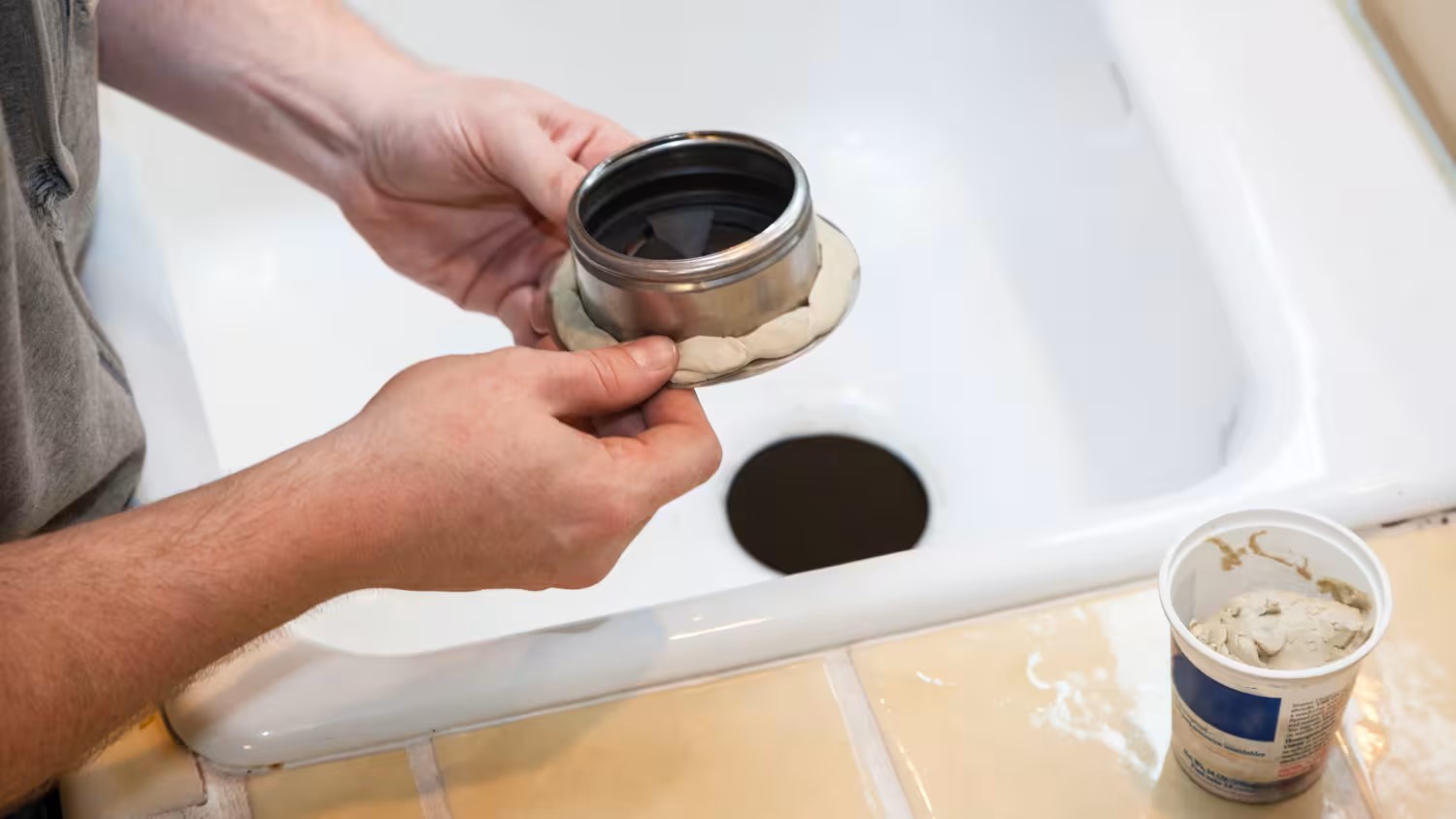
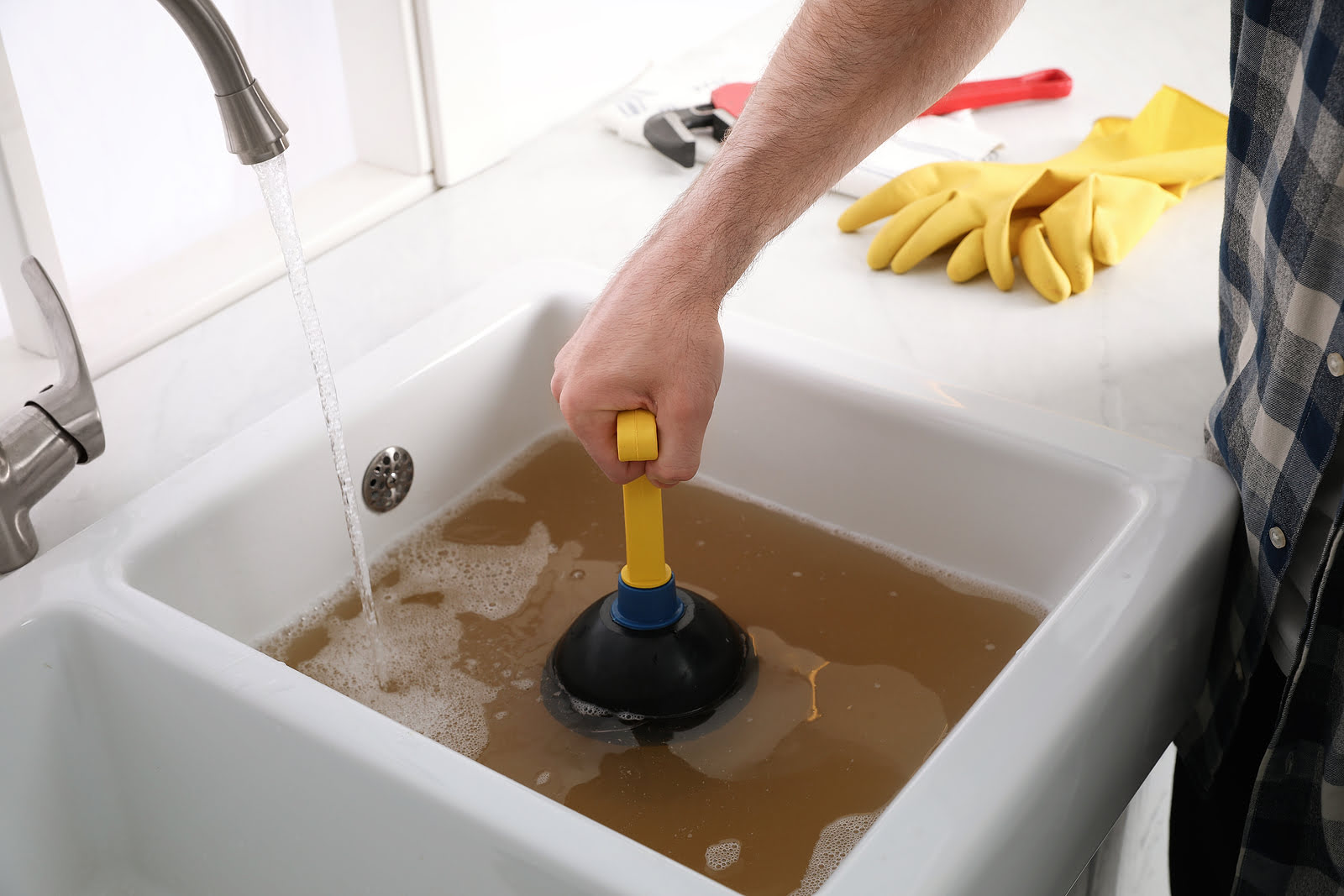
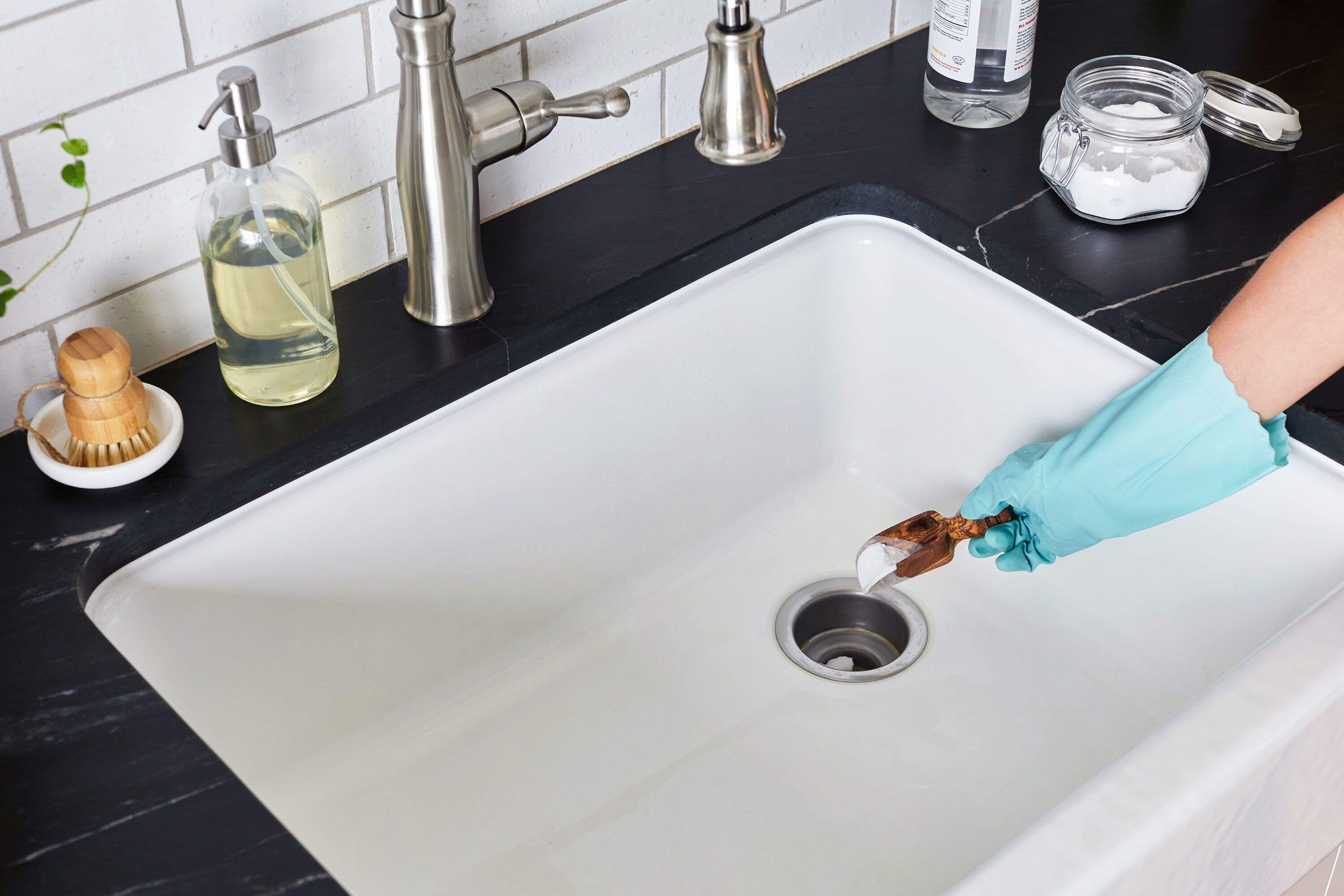
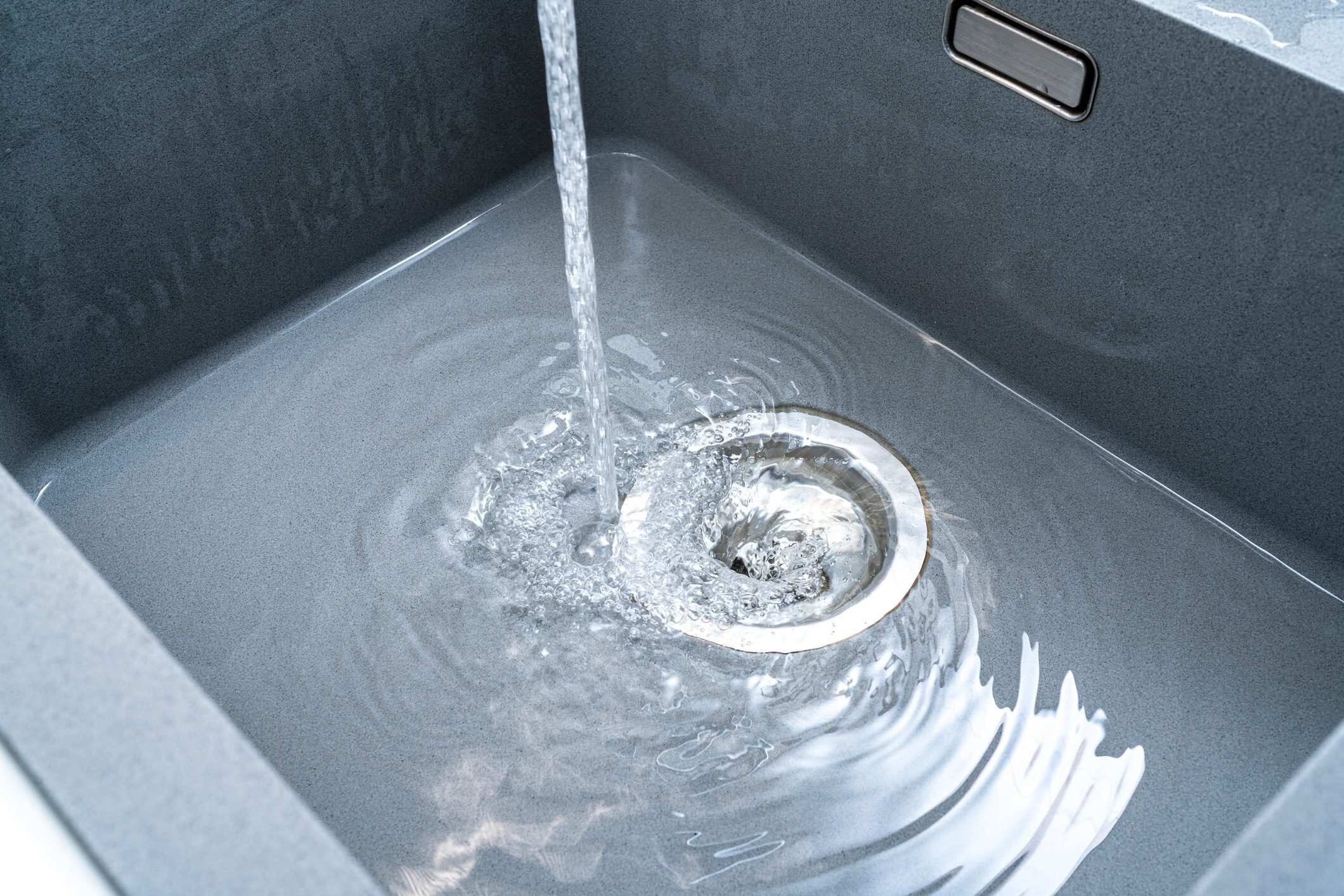
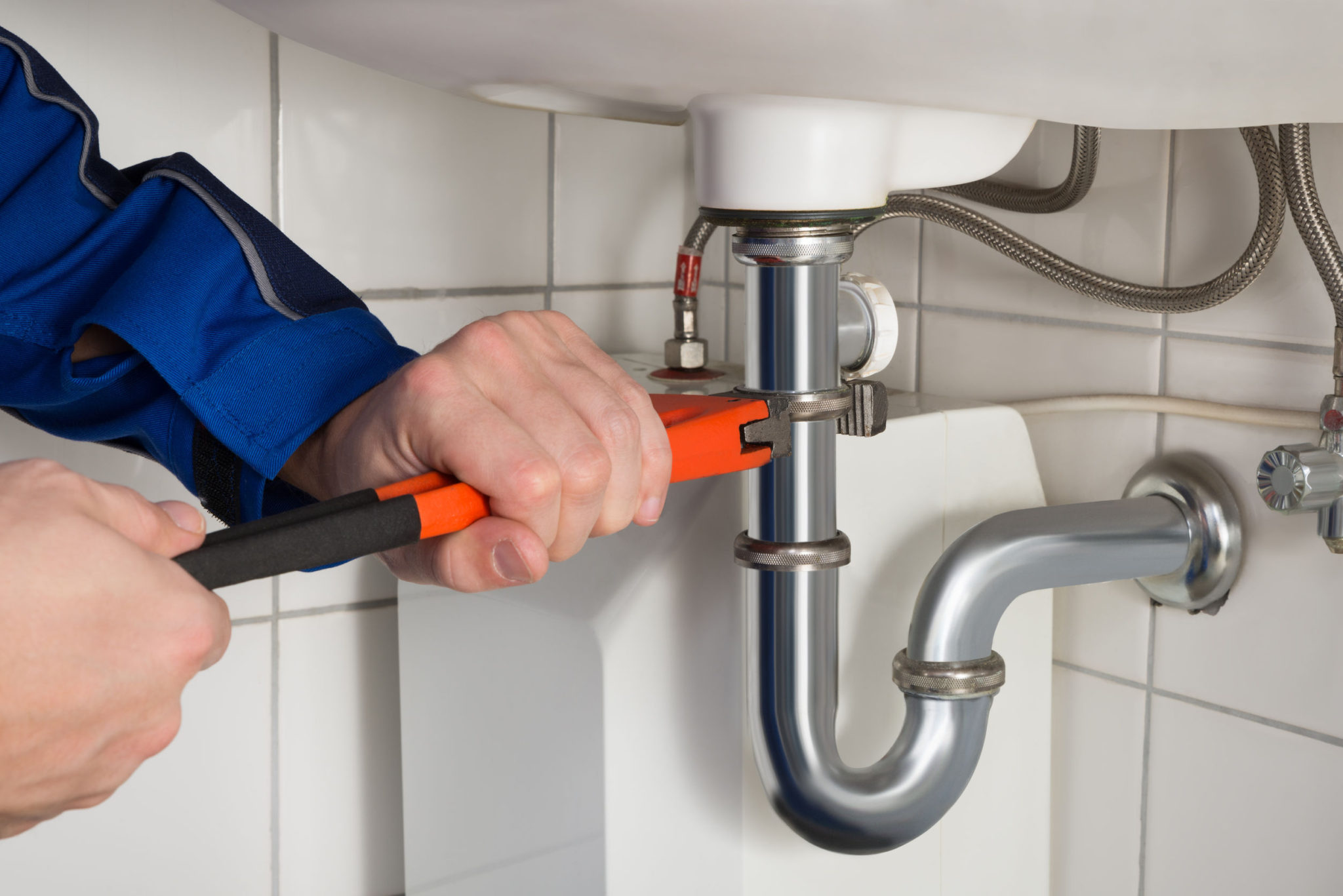
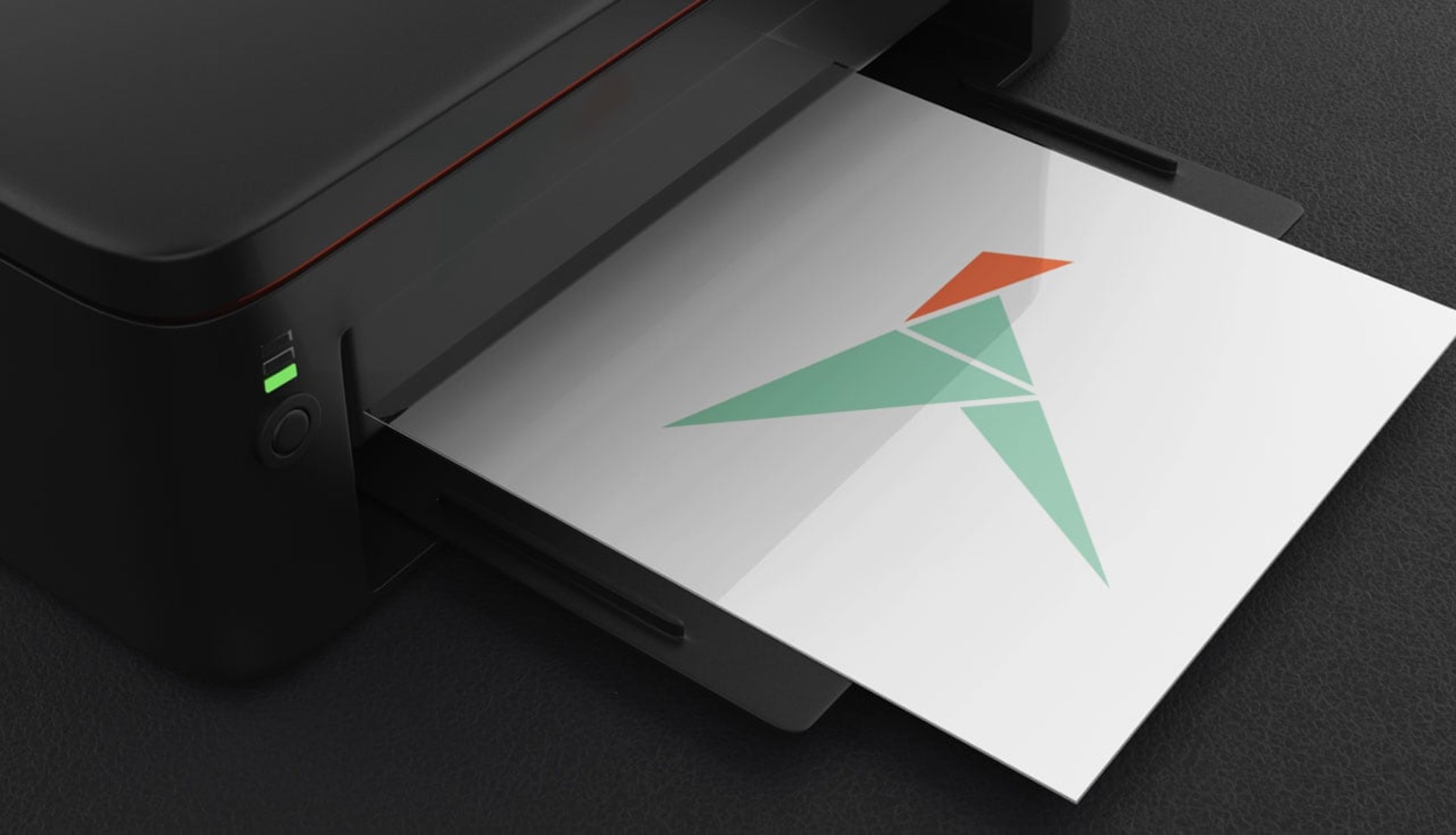
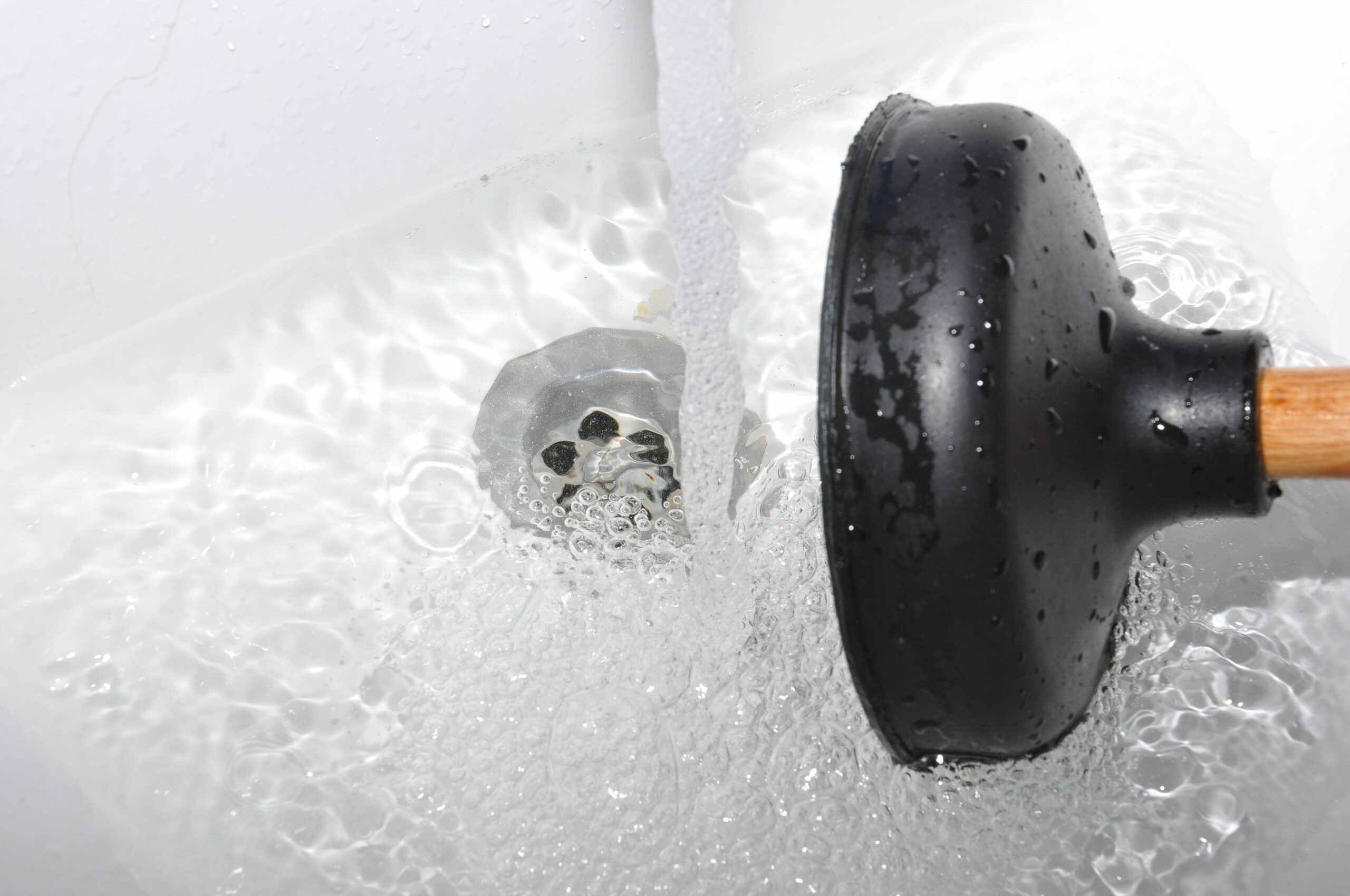
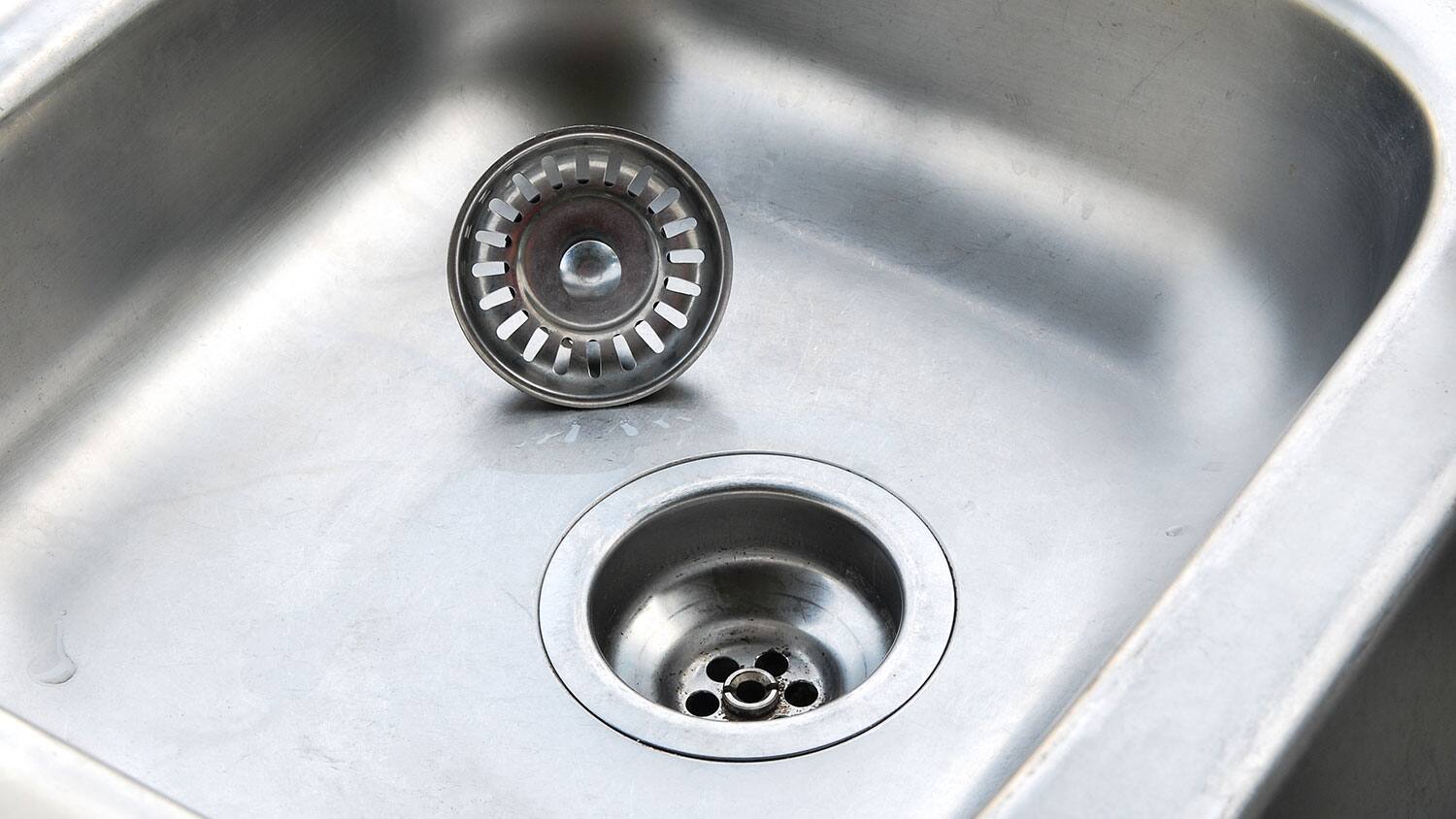
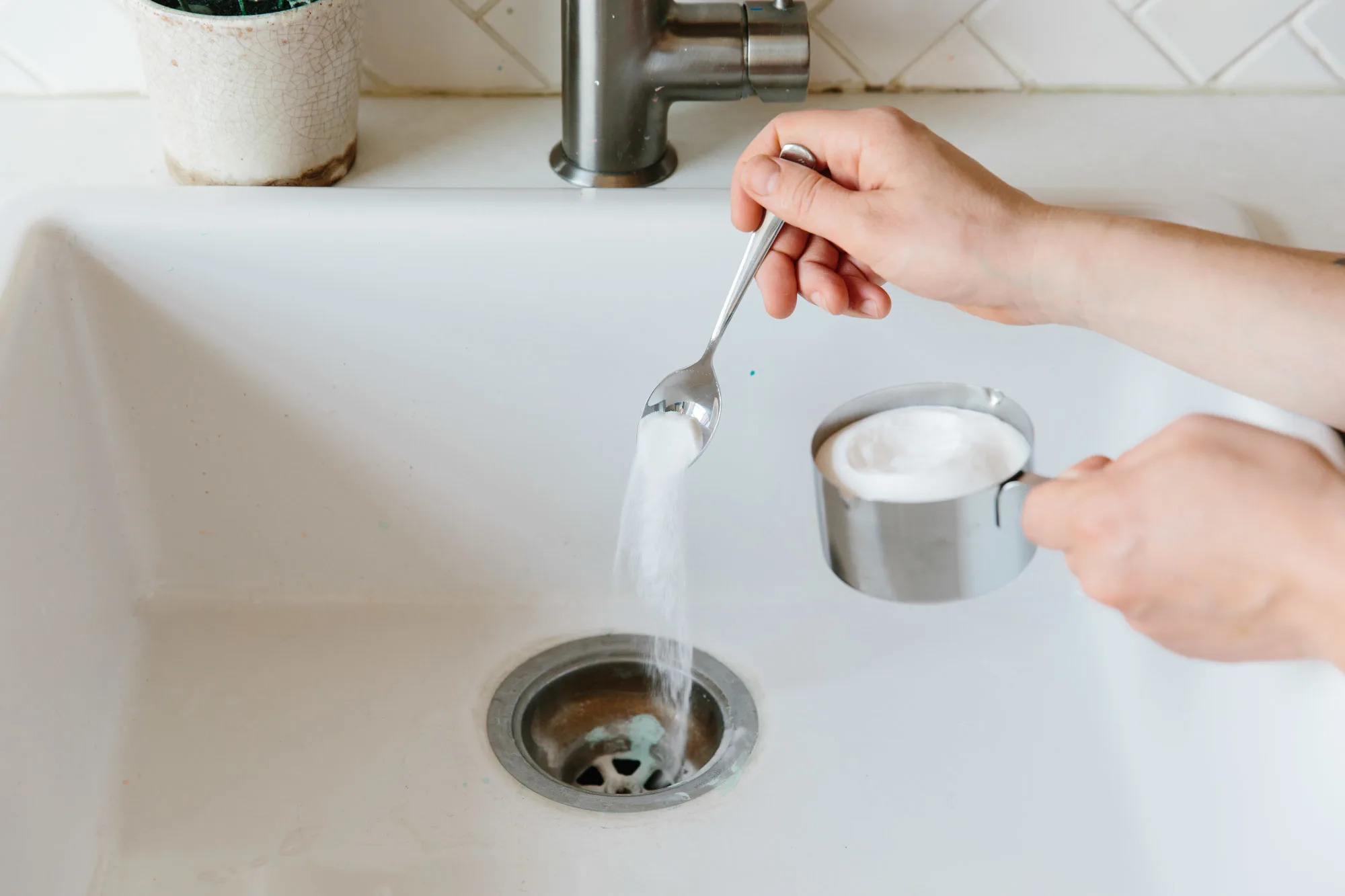
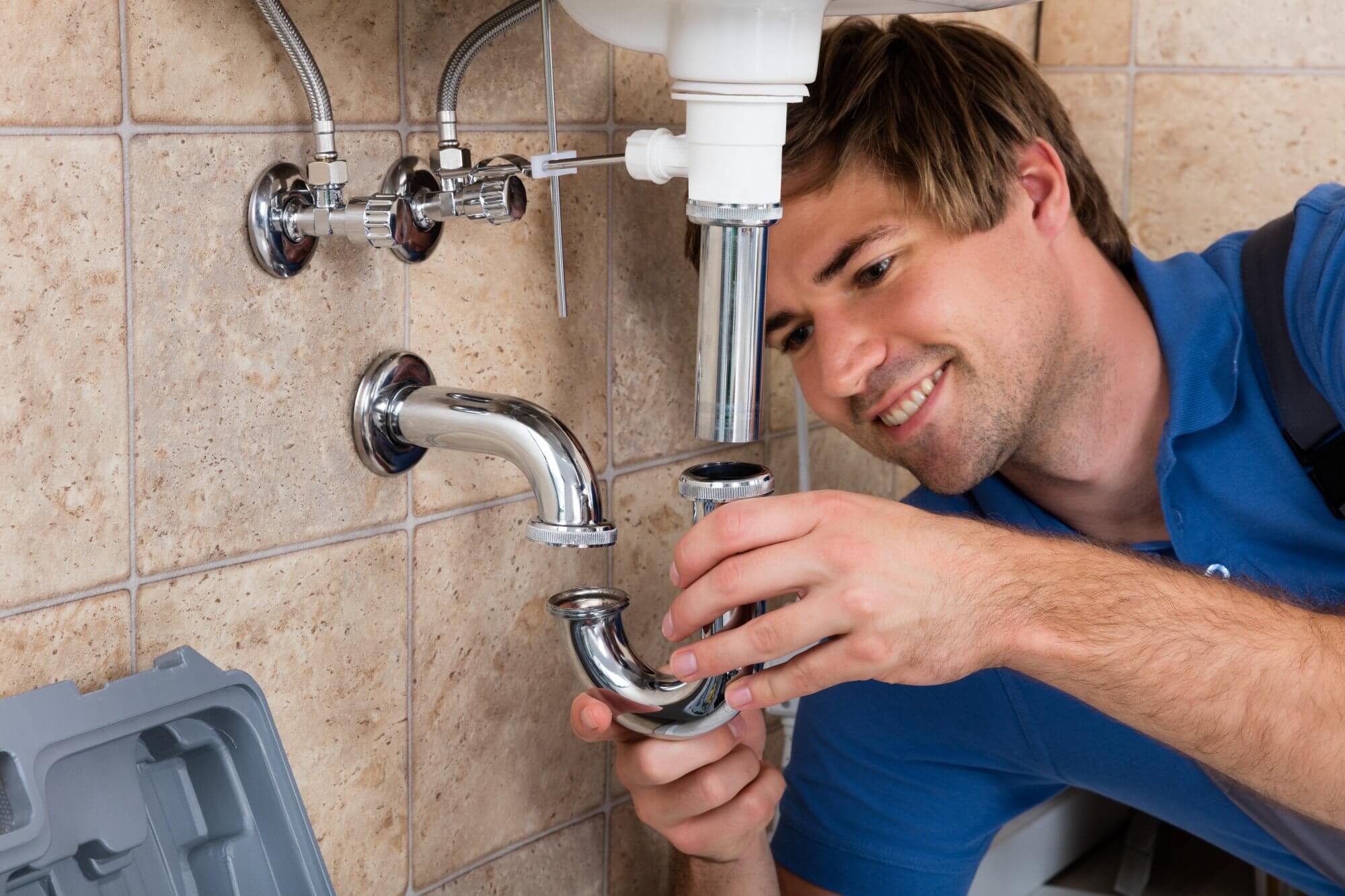
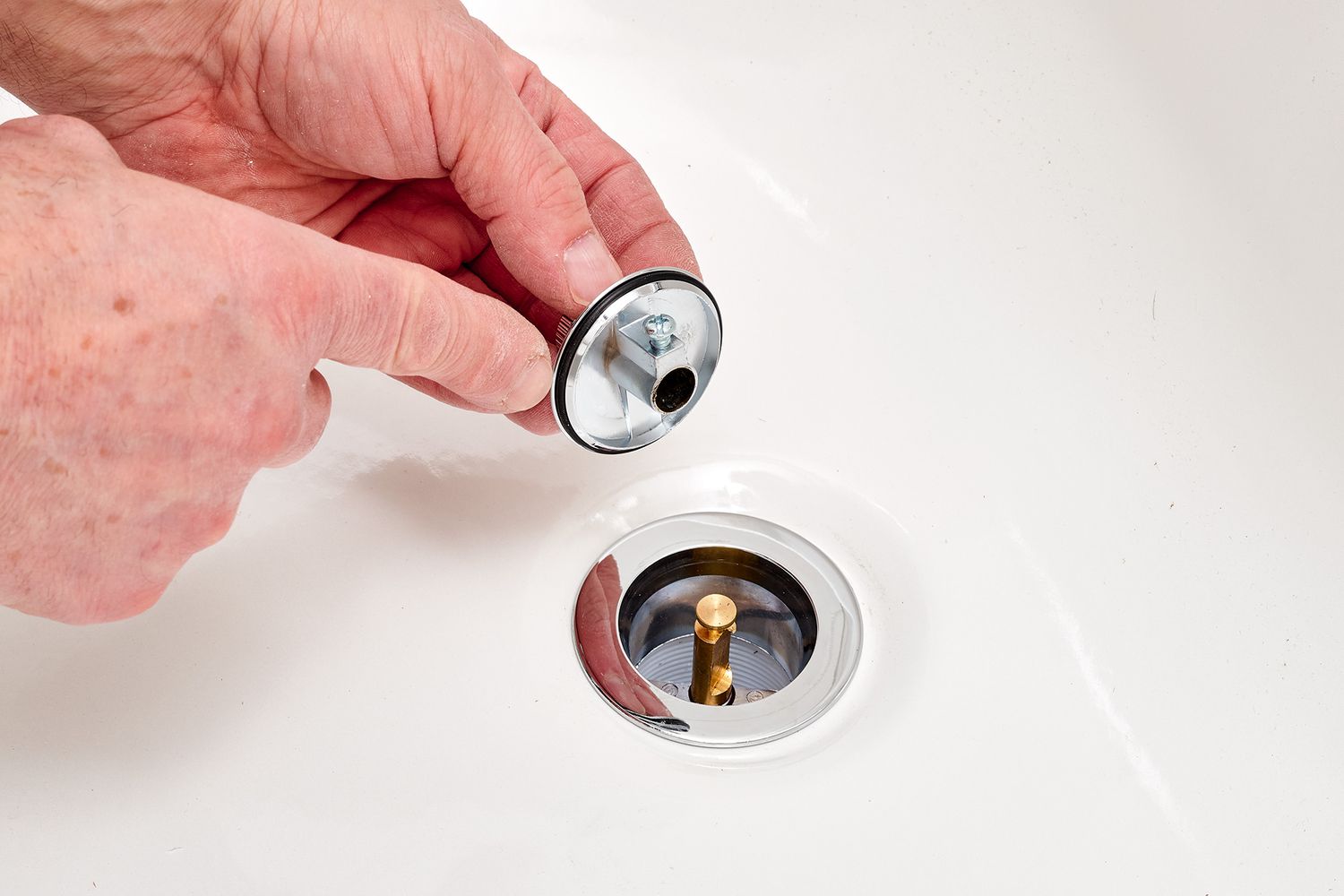
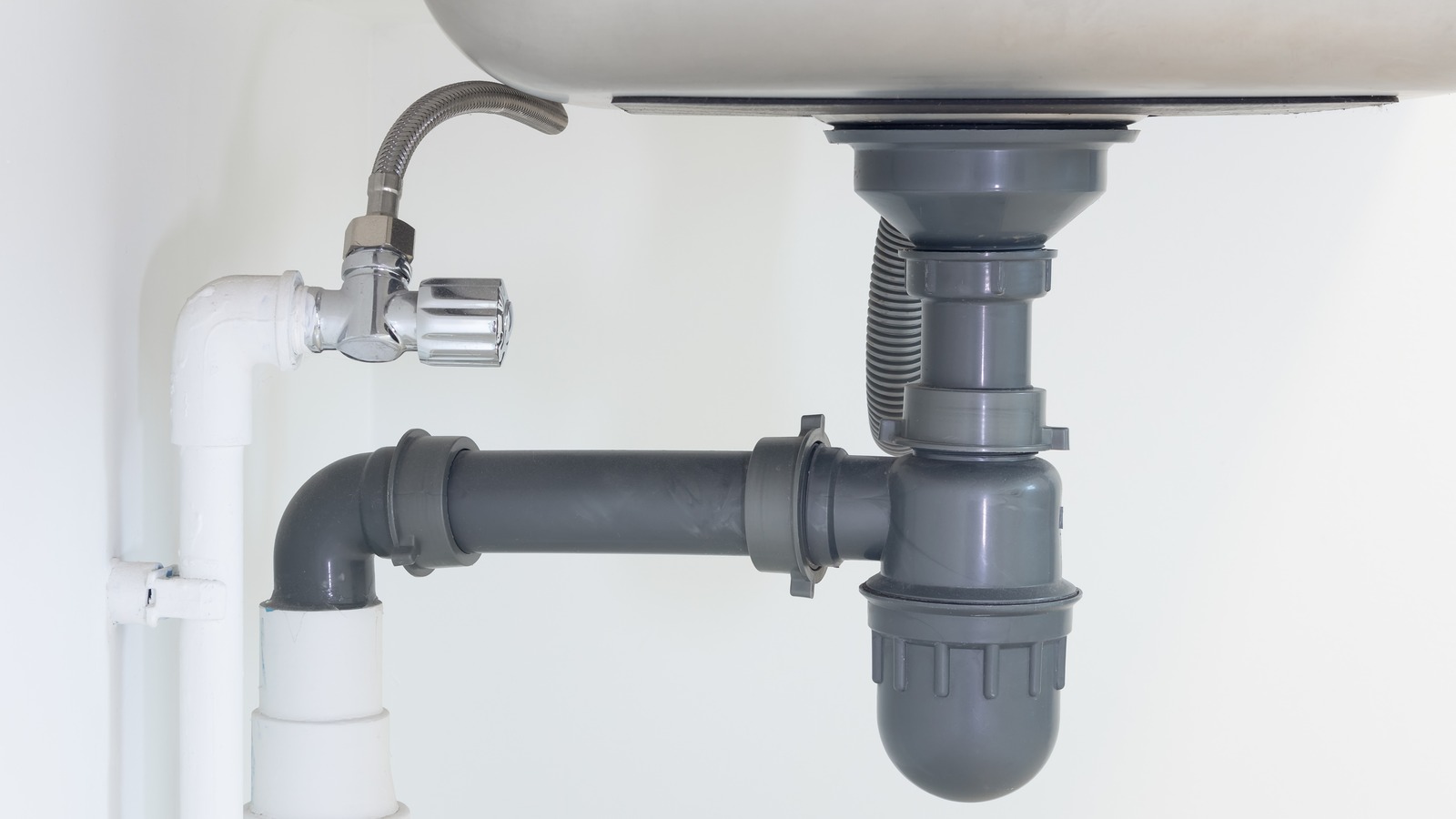
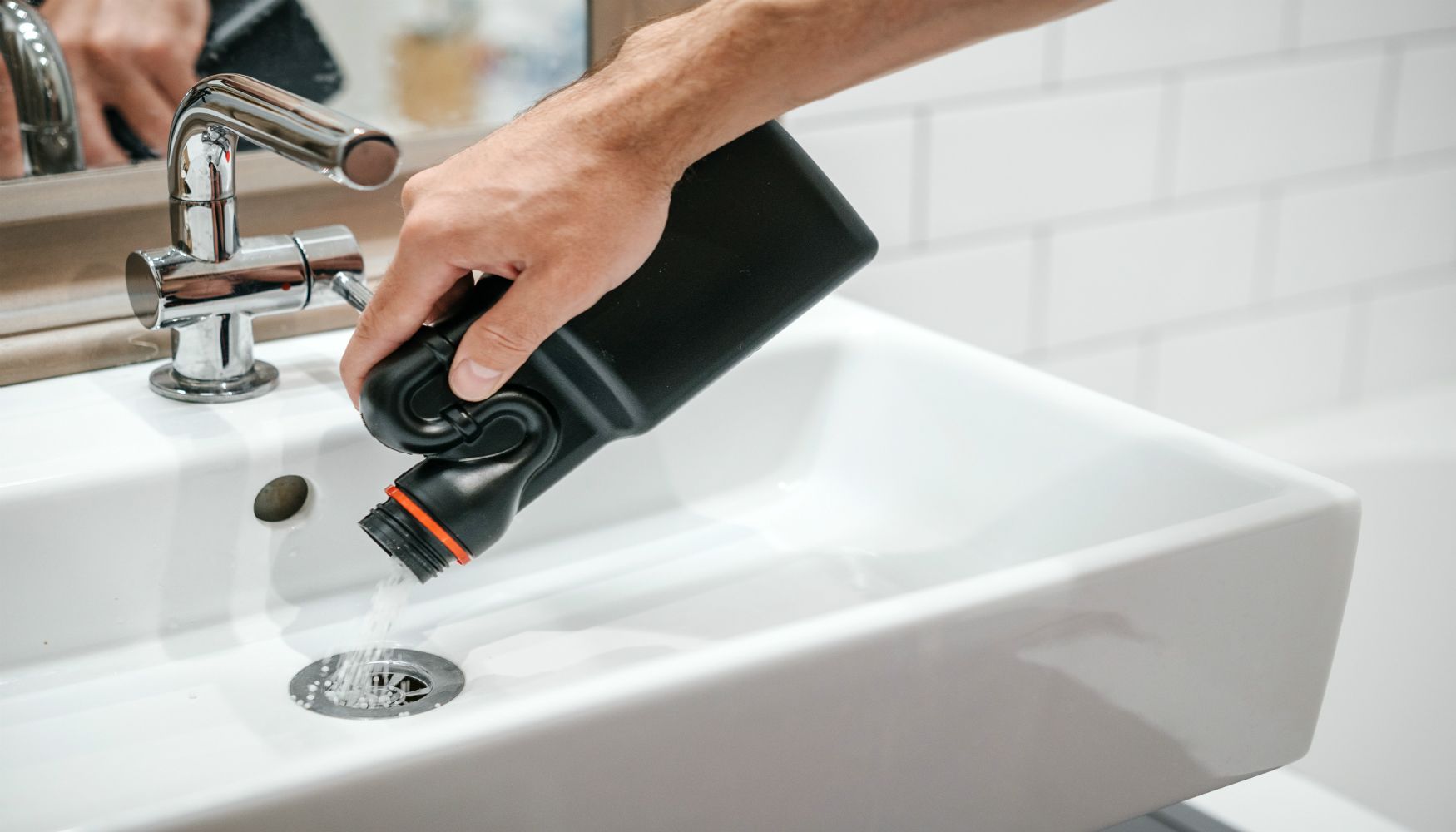

0 thoughts on “How To Unblock The Sink Drain”